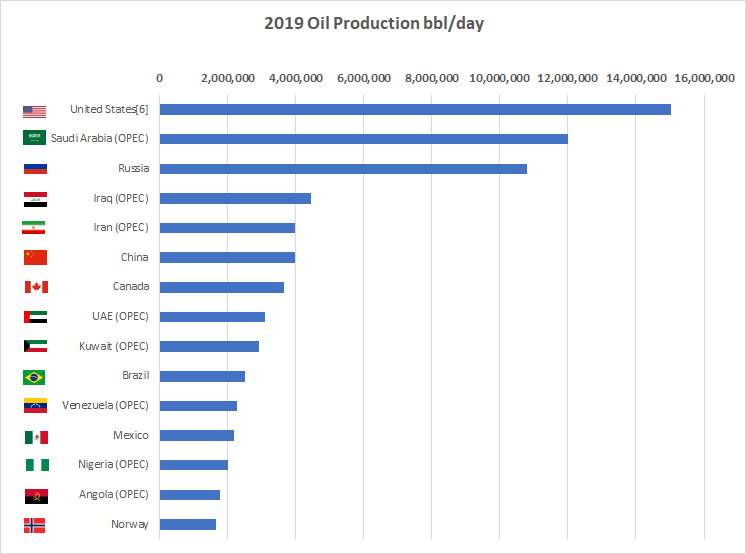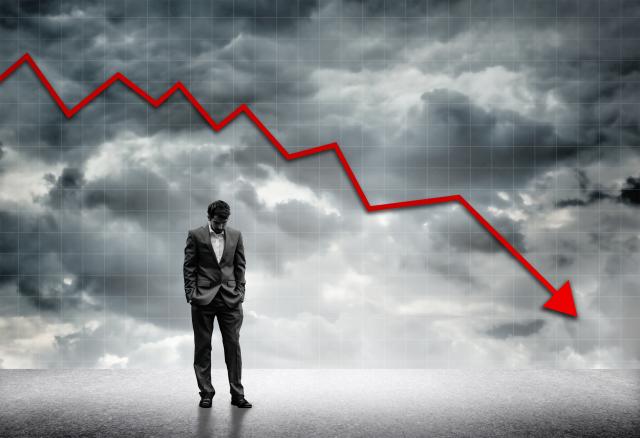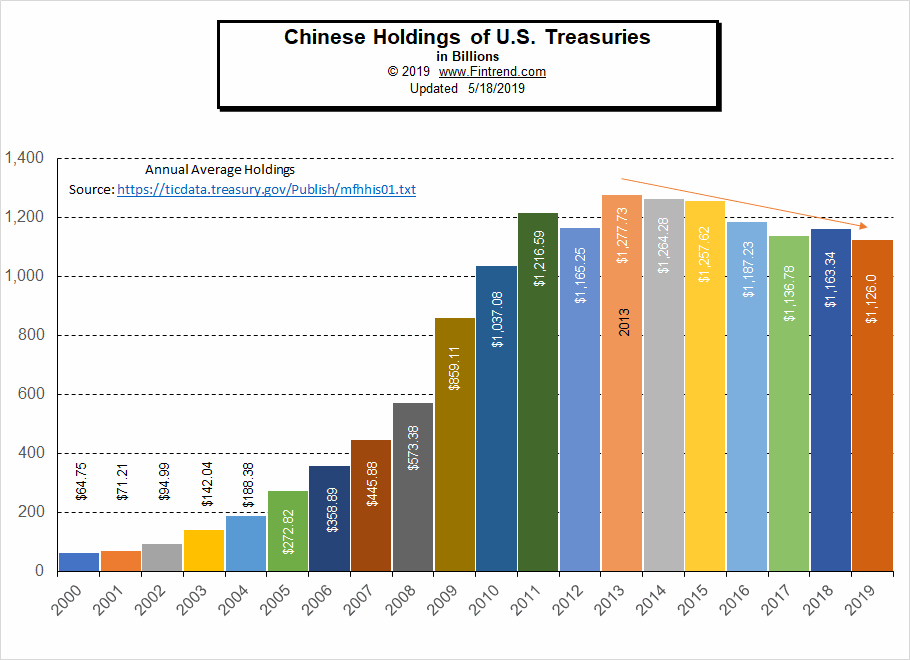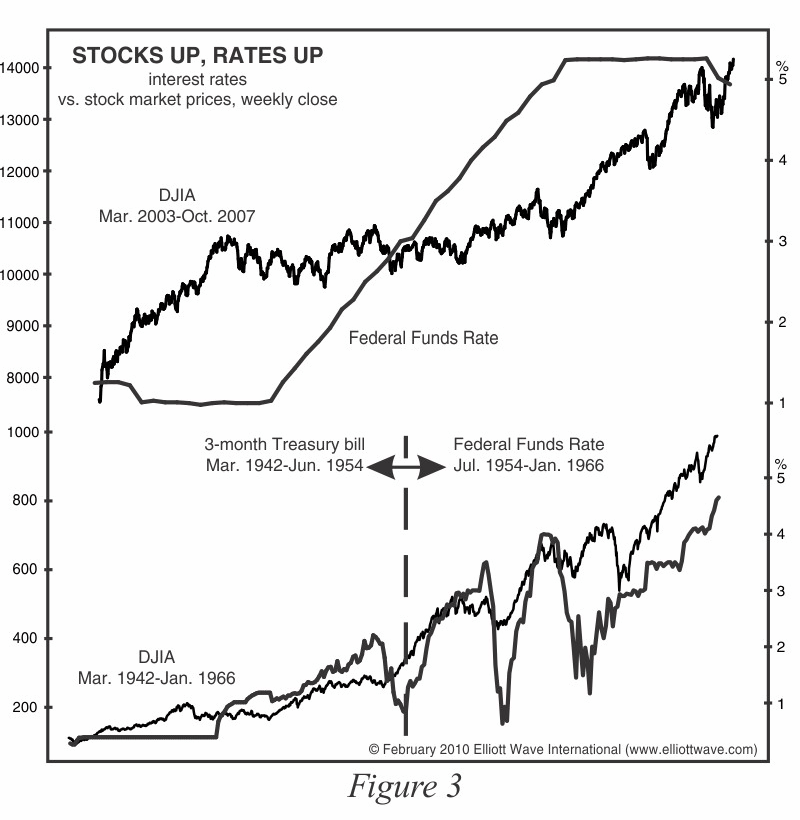Ripple the Cryptocurrency of Banks
More and more people are delving into the use of cryptocurrencies for more secure online transactions. Some even consider investing in these digital assets. One of the most talked-about cryptocurrencies that have emerged is Ripple, which is also known as a platform that paves the way for fast and inexpensive transactions. Ripple which trades under the symbol (XRP) is the token that is often used to transfer value across the international banking network. Here are some other things that you need to know about Ripple.
Ripple the Cryptocurrency of Banks Read More »










